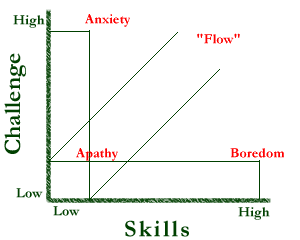Winter is the season of recovery and preparation. The cold draws us within ourselves and within our close social groups.
We often find ourselves closed down by the cold, damp and dreary days. In this state we can choose to either find new depths of connection within; or wallow in our stories of how miserable we are.
Winter encourages us to notice the subtleties in nature – the noble structure of bare trees, the shape of amassing clouds or the exquisite gleam of sunlight on the frosty ground.
Be inspired by nature’s ever-changing rhythms and nurture change and growth in our own lives and relationships.
From a physiological perspective:
When our mind perceives that our environment is safe and supportive (when we are at peace within ourselves and the world) the body’s cells are the able to grow and maintain their proper functioning. In stressful situations, cells forego their normal growth functions and adopt a defensive ‘protection’ posture. The body’s energy resources normally used to sustain growth are diverted to systems that provide protection during periods of stress.
In other words, growth processes are restricted or suspended in a stressed system. While our systems can accommodate periods of acute (brief) stress, prolonged or chronic stress is debilitating. Stress (physical, emotional, mental or chemical) interferes with the energy requirements needed for optimal health and as a consequence, leads to dysfunction and disease.
Our whole posture and health are a reflection of the state of growth or defence of our 60 trillion cells. They can’t be in growth and defence at the same time.
It is important to be aware of our physical state in relationship to our emotions and the way the natural environment can assist us.
Network Care can enhance your ability to maintain a positive state of growth, breaking free from the lingering aliments and aches and pains of winter. Come in for a tune up to assist your recovery and preparation for what’s ahead.
Take heed of the message expressed by Wendell Berry’s poem and spend some time communing with our wonderful, wintery environment. The simple message of this poem is beautifully expressed. Be at peace and be free.
The Peace of Wild Things
When despair for the world grows in me
and I wake in the night at the least sound
in fear of what my life and my children’s lives may be,
I go and lie down where the wood drake
rests in his beauty on the water, and the great heron feeds.
I come into the peace of wild things
who do not tax their lives with forethought
of grief. I come into the presence of still water.
And I feel above me the day-blind stars
waiting with their light. For a time
I rest in the grace of the world, and am free.
Wendall Berry
Photo: Snow near Ballan taken by Luba Bradford.


